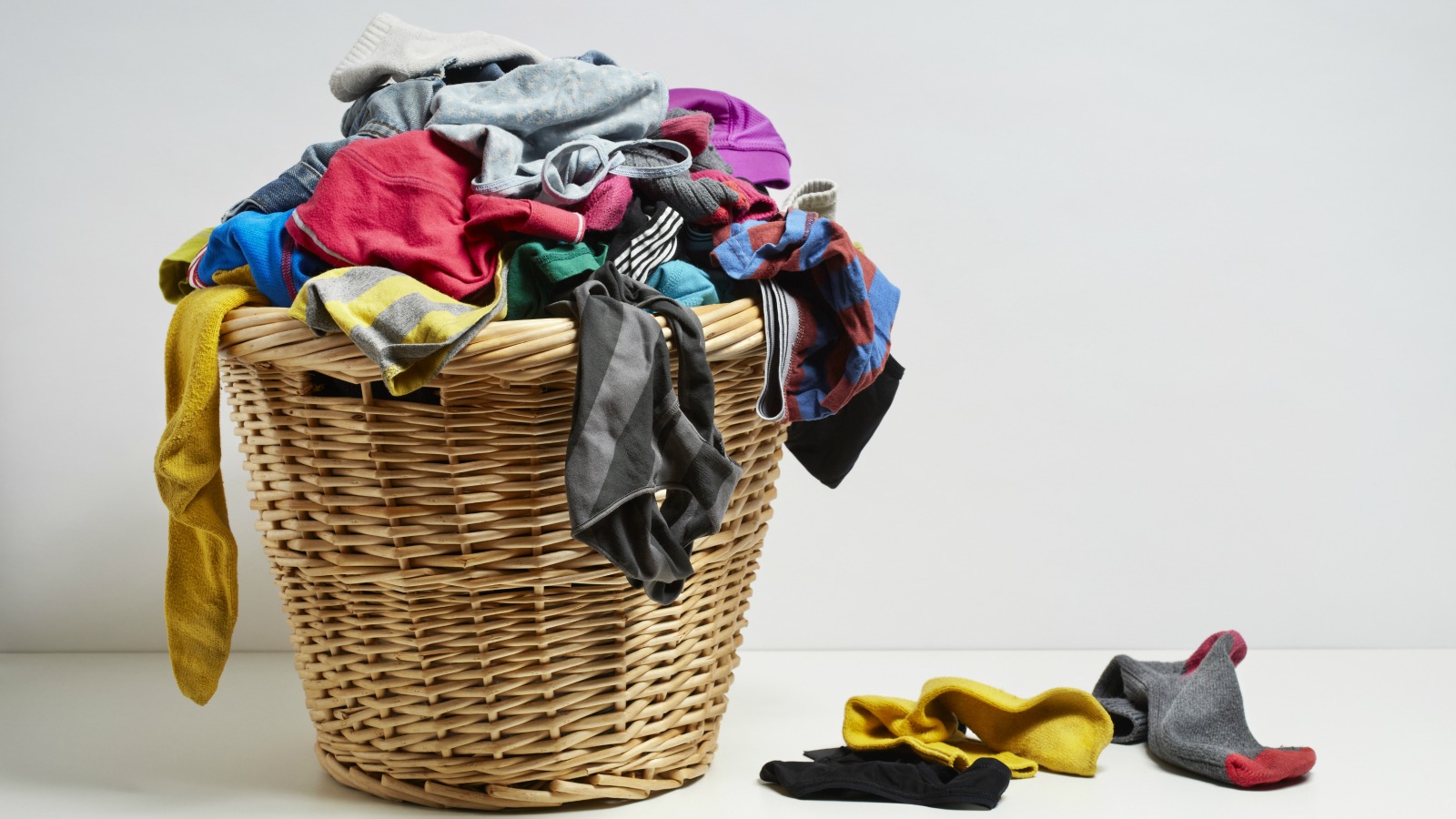Get a load of this: Coming soon to a closet near you, clothes that clean themselves.
That reality is inching closer with new research from Australia’s RMIT University, where scientists have been testing nanotechnology that eats away at grime on fabric.
The secret behind this technology: silver and copper-based nanostructures. When these itty-bitty structures are exposed to light, they create “hot electrons” — a tiny burst of energy that can break down organic matter. The researchers found they could durably attach these nanostructures to material by immersing the fabric in certain solutions. Later, when this nano-enhanced, crud-covered textile is exposed to light from the sun or a lightbulb, poof! Within six to 10 minutes, the fabric starts to clean itself.
This is all exciting because the way we wash our clothes now isn’t perfect. Washing machines use up precious H2O, dryers are huge energy wasters, and detergents can leach a troubling concoction of chemicals into the water supply. If nanostructures can be cheaply produced, using less energy and water than all those endless spin cycles, they might spare us a whole load of dirty fossil fuel emissions.
But don’t toss out your vintage washtub and antique clothespin collection — I mean, “washer and dryer” — just yet. While these results could be the first inklings of the self-cleaning textile revolution, the technology isn’t ready to roll out on an industrial scale.
Meanwhile, the Australian team is looking into other super-fabrics. Next up, according to ABC: Seeing if similar nanotechnology could be used to create antibacterial materials (or should we say, “anti-bactematerials”? No? OK, we won’t) to fight superbugs.


